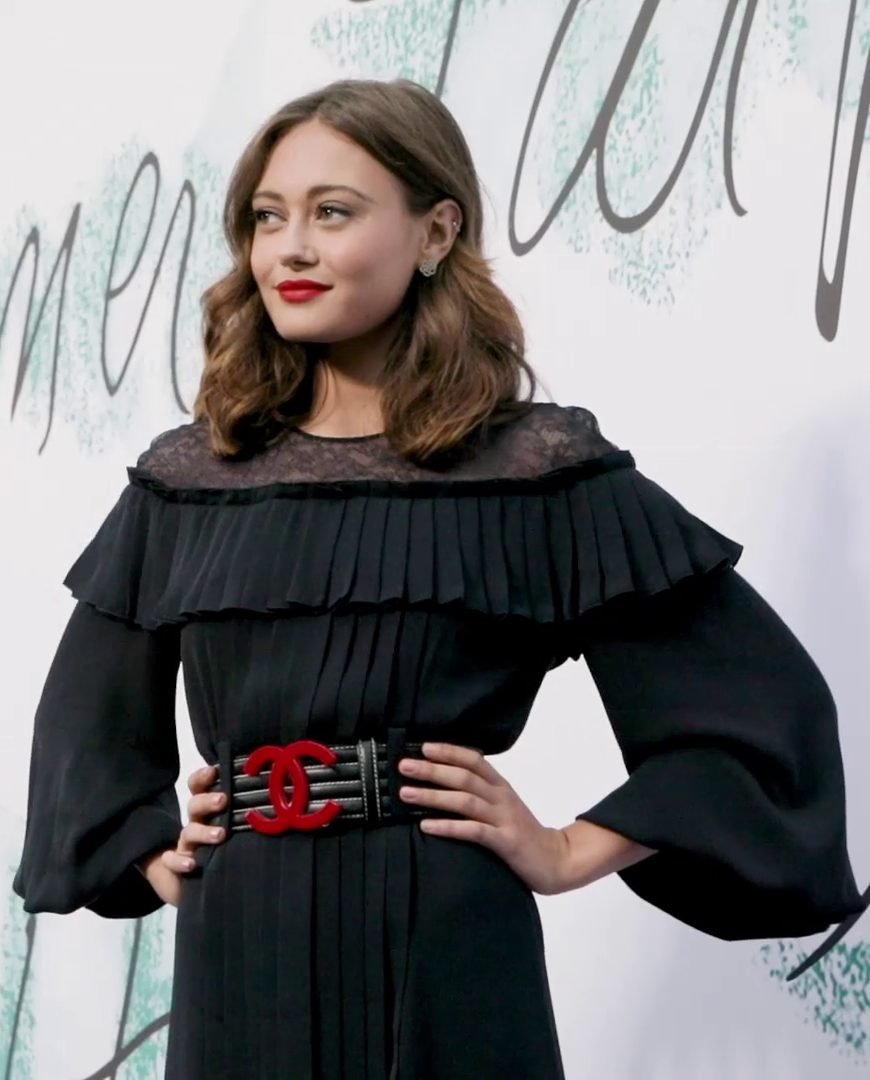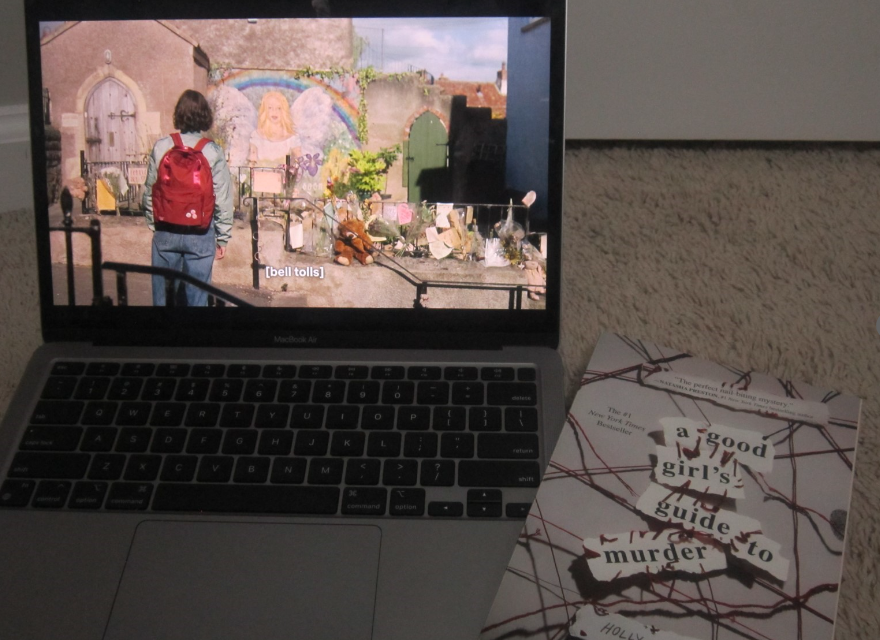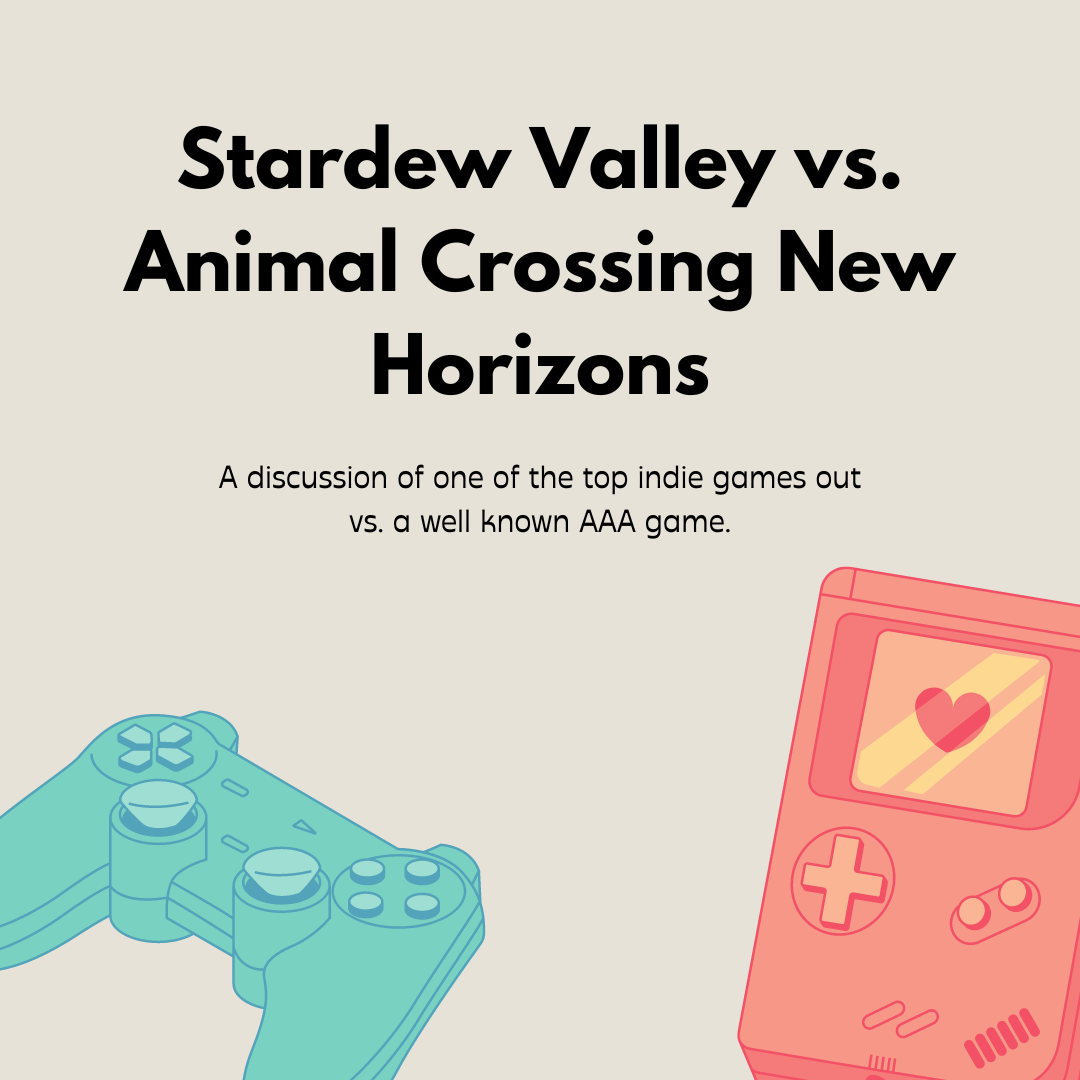On Nov. 9, 2024, Arcane season 2 produced by Studio Fortiche took the animation and television industry by storm following its premiere in 2021. The show captivated viewers through its storytelling, art design, and immersive animation. It reached a 100% rating on Rotten Tomatoes, a 9.1/10 on IMDB, and a double nomination for best video game adaptation at the Game Awards. Audiences began to wonder what set Arcane apart from other animation productions and fans have pinpointed two main reasons: complexity of characters and extremely detailed animation.
According to multiple polls from IMDB, Strawpoll, and Ranker, fans of Arcane have regarded Jinx as the leading favorite for the best and most likeable character in the show. But it’s not often that a leading antagonist takes that title. However, Jinx finds her way into that spot due to Studio Fortiche’s ability to take on what most animation studios are afraid to represent. Jinx is a young teenager suffering from post-traumatic stress disorder (PTSD), psychosis, and borderline personality disorder (BPD) due to a variety of past traumas with her sister Vi, the loss of her father Vander, and manipulation from her adopted father and uncle, Silco.
Studio Fortiche utilizes a variety of unique animation techniques to display Jinx’s mental illnesses. Throughout both seasons of the show, Jinx has two animation models for her face with a special animation rig to differentiate and switch between her soft, innocent, and childlike version of herself (Powder) and her manic, aggressive, and violent (Jinx) in the blink of an eye.
In season 1 episode 6, Jinx consistently changes facial models in her fight against the firelights with Vi. As Vi calls out to her in the distance, she swiftly changes from her manic and aggressive model, to her soft and innocent model as she spirals around looking for her long-lost sister. Then, she changes right back after seeing Caitlyn, seeing her as her replacement. The unique animation technique allows for a keen representation of BPD as it shows the unstable emotions that people with BPD can suffer from whilst still humanizing the illness and showing its complexities.
Jinx – known as Powder at the time – developed PTSD due to the overbearing trauma and guilt from losing her father Vander, her two older brother figures Mylo and Claggor, and being blamed by Vi for the tragedy whilst being called a jinx and then left behind. Due to the PTSD that developed, Jinx also develops psychosis.
Psychosis is a group of systems that affect the mind and cause a person to lose touch with reality. Symptoms include hallucinations, disordered thinking or speaking, and self-neglect. Throughout season 1 episode 4 to 9, Jinx has a variety of hallucinations from dead characters whenever she is in emotional distress from a situation or finding out the consequences of her actions. She consistently has auditory hallucinations as she speaks back and forth frantically showing her disordered thinking and speaking and visual hallucinations as different colorful outlines and symbols of dead characters surround her. As she turns around to look at each hallucination they disappear into thin air as if they were never there.
In these scenes, Studio Fortiche consistently changes frames and angles of Jinx quickly as she rambles on to display the emotional turmoil and stress that she is going through. The fast-paced changes overwhelms the viewer to immerse them into the mind of Jinx. It makes the viewer physically feel the effects and stress alongside her. It humanizes her in a way and allows the viewer to find understanding and sympathy for Jinx and her actions.
Television shows and movies consistently have either strayed away or failed horribly while trying to represent mental illnesses due to a lack of understanding, oversimplification, and stigma concerns. However, Studio Fortiche throws all of it out of the window with their representation of Jinx as they tackle it head-on with a deep, thorough, and complex representation of PTSD, psychosis, and BPD. Her character development and backstory have been a major highlight of the series and has given fans an unforgettable character.
Studio Fortiche has teased multiple new shows that expand the Arcane cinematic universe that will be based on Noxus, Demacia, and Ionia which are more regions in League of Legends. Fans are stoked for the continuation of the series and hope for more characters that are as complex and well written as Jinx.








